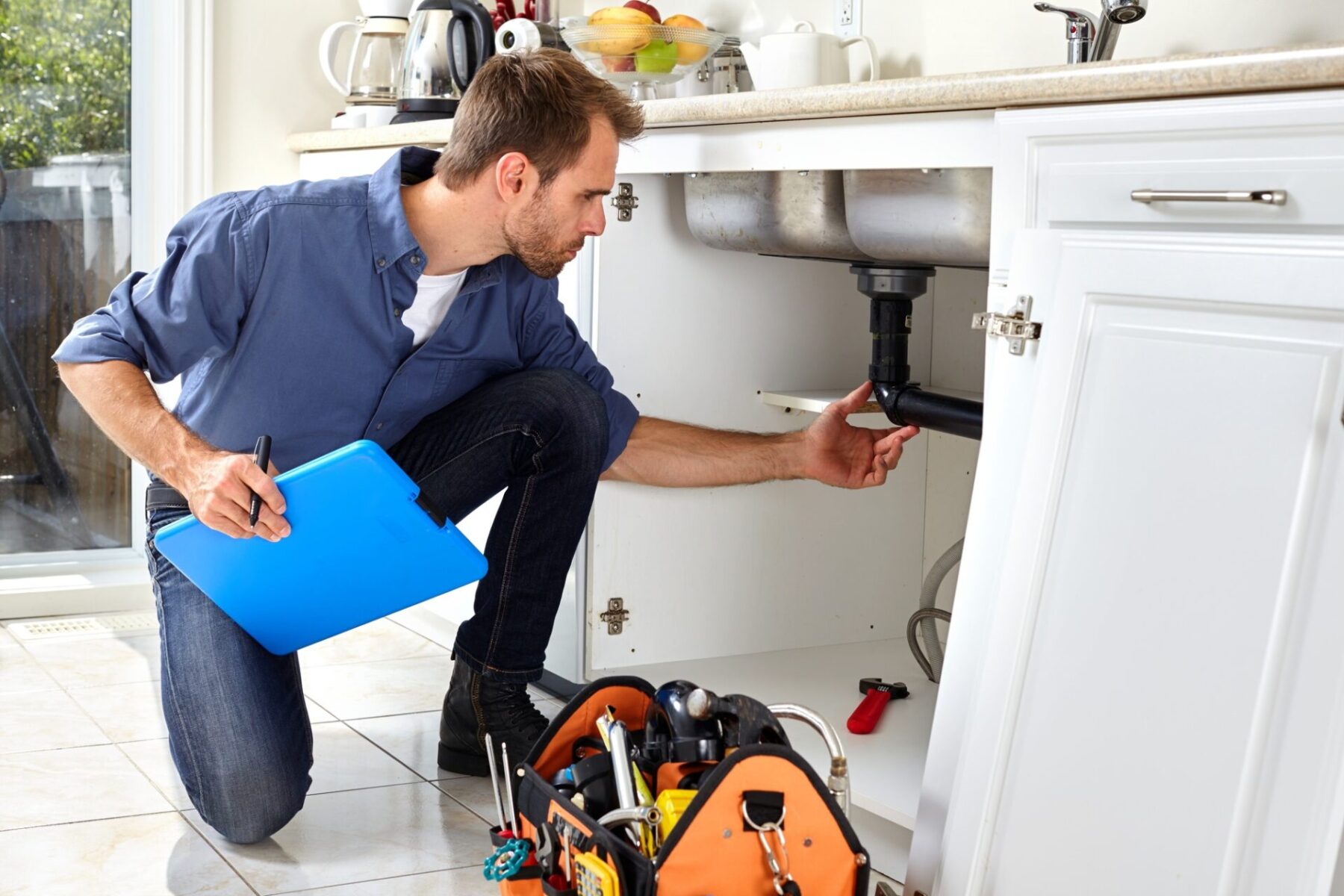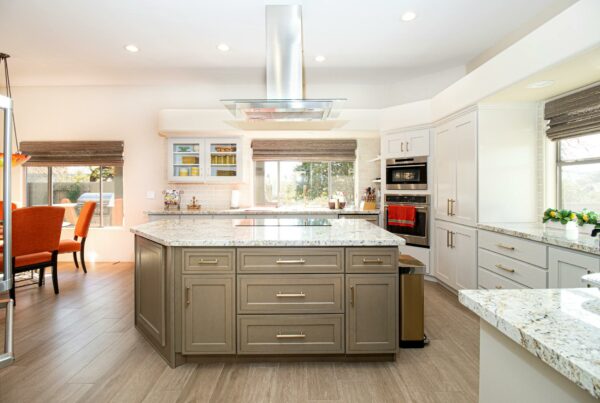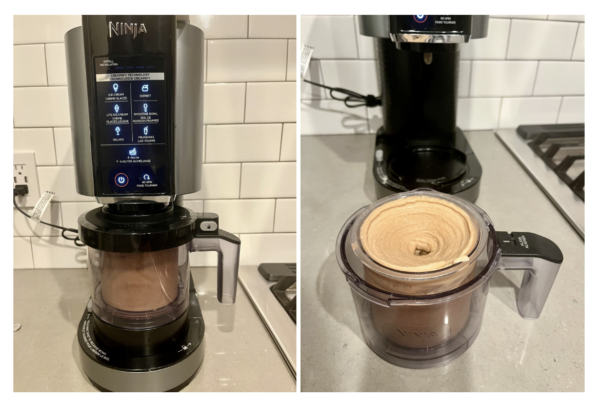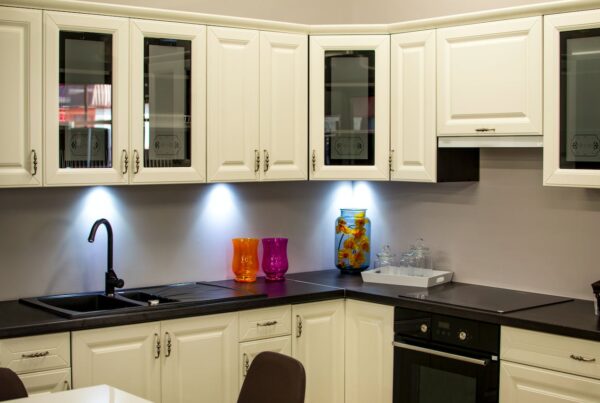Last Updated on March 24, 2023
A few plumbing mistakes could impede your home’s proper functioning, most especially your kitchen. Thus, it helps to ensure that your kitchen pipes efficiently direct wastewater to the drains and supply clean water for your kitchen use.
When renovating your kitchen, you’d want to be cautious about typical plumbing mistakes that could come back and bite you later on. This post points out the plumbing mistakes to avoid during your kitchen renovations. Continue reading below to learn more.

1. Using Non-Matching Pipes
Some Australian homeowners may take kitchen piping for another typical do-it-yourself project with little knowledge about their way around it. However, that’s a mistake you must avoid if you dread dealing with colossal damages in the future. Remember, standard kitchen 1½ PVC pipes differ from those in the drain, which are about two inches. But somehow, you must ensure that they connect correctly to avoid leaks.
If you’re in New South Wales, you’d want to contact Sydney’s top electrical & plumbing services for an excellent job. Working with a professional who understands the various pipe sizes and appropriate fittings when renovating your kitchen is always advisable. It’ll help you avoid possible leaks that could damage your kitchen significantly.
2. Not Picking The Sink First
You might think of installing your cabinets before installing the sink. Nonetheless, you could make a mistake requiring intense readjustments later, costing you more time and money. Most homeowners believe that sinks should come last when laying down and connecting the pipes; you could be doing it all wrong.
While renovating your kitchen may not necessarily mean replacing your sinks and cabinets, mostly, it does. If so, it’s necessary to plan for the type and size of sink you want to install before considering the cabinets.
There are numerous types of kitchen sinks that have the specifications you need when renovating your kitchen. Carefully pick your sink first to allow more space than ameliorate pipe connections done correctly. That’ll prevent you from adjusting, including cutting new holes for pipe fittings.
3. Forgetting About Flooring
It’s generally advised not to install your kitchen floor after the cabinets to avoid trouble in the future. Especially so, tile and fixed wood floors must be installed first to make future plumbing and piping repairs easy. You’ll need your dishwasher removed or replaced at some point or repair work done in your kitchen. Moreover, piping readjustments will be necessary as well to fix leaks that find their way behind your cabinets and other kitchen fixtures.
Your cabinet installations can wait; you’ll have to fix your dishwashers after the floor is in place. Doing otherwise will only coerce you into installing floors around these kitchen fixtures, resulting in not-so-appealing results. Further, it’ll prevent you from breaking your floors to access pipes that need repairs.
4. Using An Unvented Sink
A plumbing vent pipe helps supply fresh air; you should install it on every plumbing fixture in your house, including your sink. Most homeowners may underestimate this standard structure’s importance, but that’s precisely where they get it wrong.
Plumbing vent pipes are essential in homes due to the following reasons:
- Preventing sewer gases: Sewer gases can be hazardous to your health if they accumulate in your home, and plumbing vent pipes help remove them.
- Avoiding negative pressure: Negative pressure results from poor ventilation and can cause a suction effect. Water can siphon out of the pipes, creating a mess inside your kitchen.
- Facilitating drainage: Water and waste flow must be seamless and smooth, and plumbing vent pipes help equalize the pressure to enable that.
- Complying with standard building codes: As most building codes dictate, having a plumbing vent pipe is imperative. Failure to comply can attract fines and other penalties.
It’d be best not to underestimate plumbing vent pipes’ importance when renovating your kitchen. If you already had one before, you must ensure it’s in perfect condition and works as it should.
5. Forgetting To Slope The Pipes
Water flows through gravity and pressure to facilitate drainage from your kitchen sinks to the drain pipe. It’s vital that you slightly slope the pipes to complement the pressure acting on draining water.
Also, try to ensure that you install the pipes on the floors slightly angled to facilitate drainage. You’re more likely to make this mistake when doing the plumbing work yourself – it’d be best to enlist an expert plumber’s help.
Plumbing is vital to kitchen renovations, and you should try to get it done correctly. If you have any ideas on remodeling your kitchen or feel like your kitchen needs a revamp, please proceed. Yet it’d be best to understand that a slight plumbing mistake can prove costly in the future in terms of time wasted making readjustments or damages incurred.





